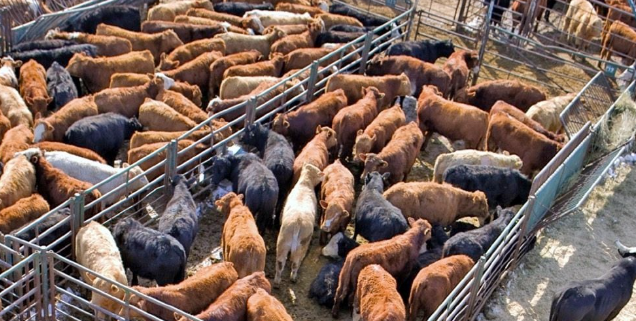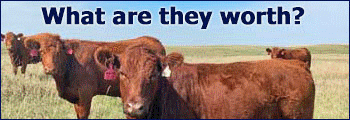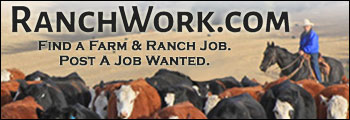The USDA has suspended imports of live cattle, bison, and horses from Mexico through southern ports of entry due to the continued northward spread of New World Screwworm.
In a release issued Sunday, Ag Secretary Brooke Rollins said NWS had been detected in remote farms as far north as Oaxaca and Veracruz, about 700 miles from the U.S border.
Colin Woodall, CEO of the National Cattlemen’s Beef Association, says the stoppage of imports will have an economic impact on the U.S. cattle industry. “But, it’s more important to make sure we protect ourselves from New World screwworm,” he says. “The concern that we have, that the Secretary has shared, is the fact that the Mexican Government has not stepped up to take the appropriate actions to put in place protocols and procedures to eradicate the New World screwworm.”
Mexico recently agreed to eliminate restrictions that have limited the USDA’s efforts to combat the pest. Woodall tells Brownfield it was too little, too late. “Because the phytosanitary line, which is basically the red line that was drawn in the Isthmus of Mexico, that narrow part of Mexico, that was the area they were trying to hold it,” he says. “The New World screw worm flies have since broken through that barrier.”
Which, Woodall says, makes containing the spread of the pest increasingly more difficult. “Mexico opens up and basically provides a superhighway to the United States, especially looking at Texas,” he says.
The Sterile Insect Technique is the only way to eradicate the New World screwworm, but more sterile male flies are needed. Woodall says the industry wants a domestic production facility. “The facility that is in Panama is not going to have the capability to produce enough sterile males for us to stop and ultimately push this pest back into South America,” he says.” We’re going to have to have at least double that production, if not more, to be able to do that.”
Texas and Southwestern Cattle Raisers Association president Carl Ray Polk, Jr says the organization supports the USDA’s decision to close the border. Polk says the move will present short-term challenges for cattle raisers, but it’s a critical step to secure the long-term health of the U.S. cattle herd.
The first case of NWS in Mexico was reported to the U.S. in November and the USDA shut down the border for live animal trade. In February, the USDA resumed imports after the Animal and Plant Health Inspection Service and the Mexican government agreed to and implemented a pre-clearance inspection and treatment protocol to mitigate the threat of NEWS and to ensure the safe movement of cattle.
USDA-APHIS is currently releasing sterile flies through aerial and ground release locations, focusing on Southern Mexico and other areas of Central America.
The USDA says the import suspension will continue on a month-by-month basis, until a significant window of containment is achieved. Secretary Rollins says the USDA will continue its collaboration with Mexico and will review the latest data and metrics in two weeks.
-
Articles on The Cattle Range are published because of interesting content but don't necessarily reflect the views of The Cattle Range.










